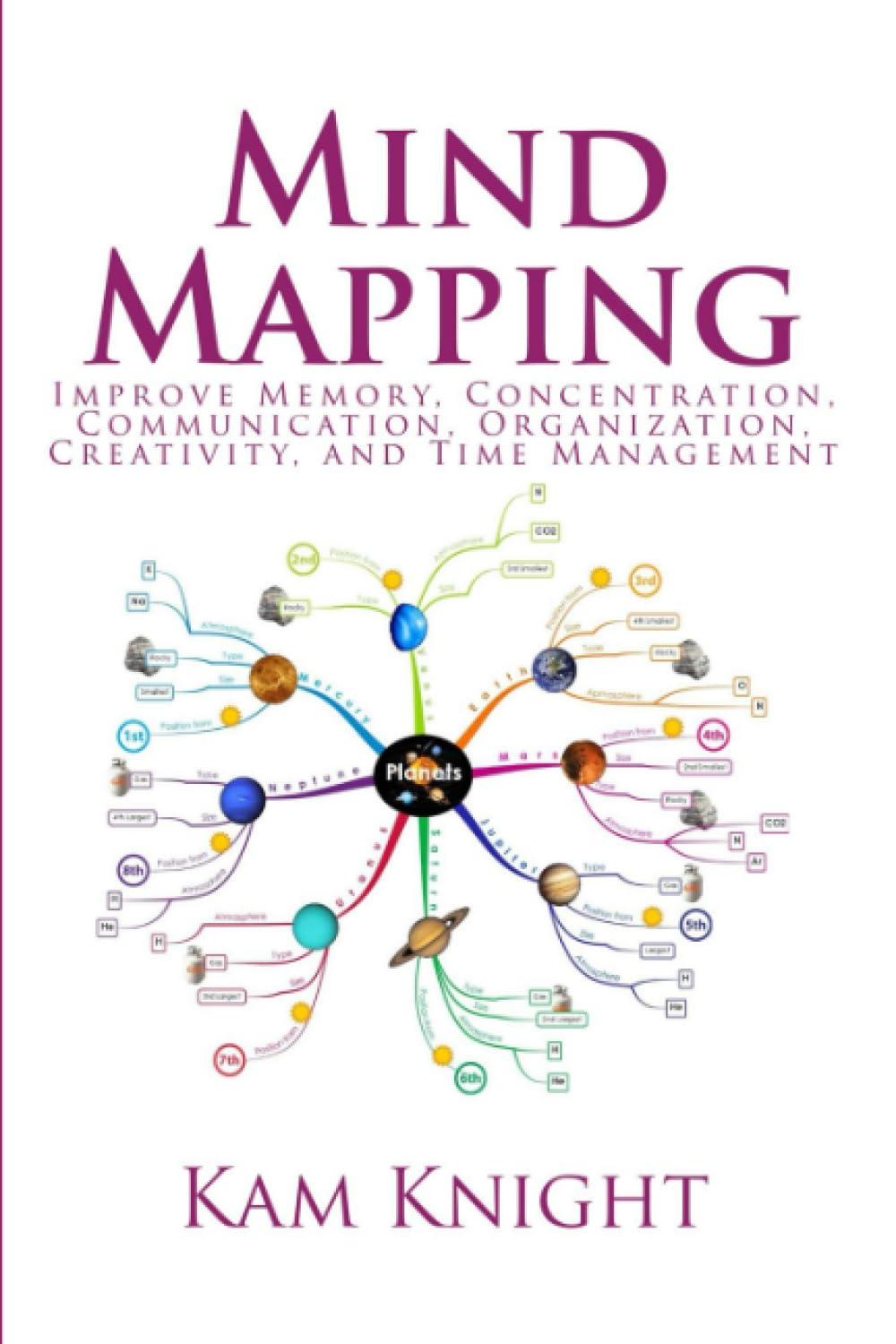Question
Dillon Products manufactures various machined parts to customer specifications. The company uses a job-order costing system and applies overhead costs to jobs on the basis
| Dillon Products manufactures various machined parts to customer specifications. The company uses a job-order costing system and applies overhead costs to jobs on the basis of machine-hours. At the beginning of the year, the company used a cost formula to estimate that it would incur $4,203,200 in manufacturing overhead cost at an activity level of 568,000 machine-hours. |
| The company spent the entire month of January working on a large order for 8,900 custom made machined parts. The company had no work in process at the beginning of January. Cost data relating to January follow: |
| a. | Raw materials purchased on account, $319,000. |
| b. | Raw materials requisitioned for production, $269,000 (80% direct and 20% indirect). |
| c. | Labor cost incurred in the factory, $177,000, of which $59,000 was direct labor and $118,000 was indirect labor. |
| d. | Depreciation recorded on factory equipment, $62,900. |
| e. | Other manufacturing overhead costs incurred, $84,300 (credit Accounts Payable). |
| f. | Manufacturing overhead cost was applied to production on the basis of 40,950 machine-hours actually worked during the month. |
| g. | The completed job was moved into the finished goods warehouse on January 31 to await delivery to the customer. (In computing the dollar amount for this entry, remember that the cost of a completed job consists of direct materials, direct labor, and applied overhead.) |
| Required: | |
| 1. | Prepare journal entries to record items (a) through (f) above. [Ignore item (g) for the moment.] (If no entry is required for a transaction/event, select "No journal entry required" in the first account field. Do not round intermediate calculations.) |
| 2. | Prepare T-accounts for Manufacturing Overhead and Work in Process. Post the relevant items from your journal entries to these T-accounts. (Do not round intermediate calculations.) |
| 3. | Prepare a journal entry for item (g) above. (If no entry is required for a transaction/event, select "No journal entry required" in the first account field. Do not round intermediate calculations.) |
| 4. | Compute the unit product cost that will appear on the job cost sheet. (Do not round intermediate calculations. Round your answer to 2 decimal places.) |
Step by Step Solution
There are 3 Steps involved in it
Step: 1

Get Instant Access to Expert-Tailored Solutions
See step-by-step solutions with expert insights and AI powered tools for academic success
Step: 2

Step: 3

Ace Your Homework with AI
Get the answers you need in no time with our AI-driven, step-by-step assistance
Get Started


